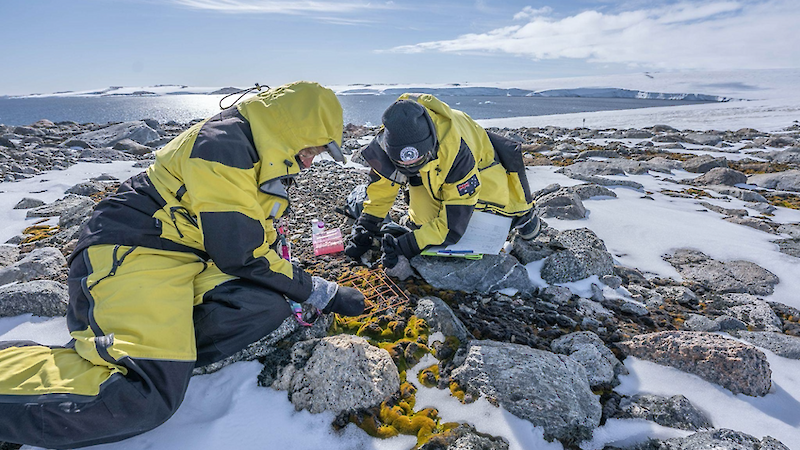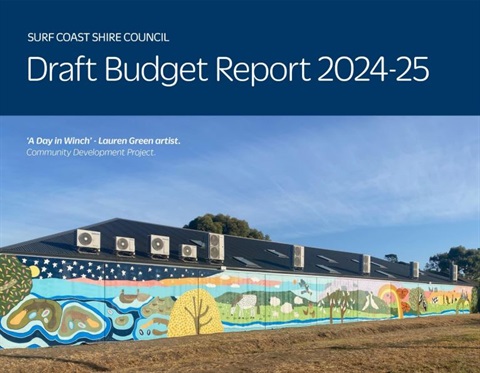Lush, green and more than 400 years old, there’s a good reason the moss beds around Casey research station have earned the nickname ‘the Daintree’ of Antarctica.
Dotted along the coast, the centimetres-high moss beds are the tallest old-growth forests in Antarctica, thriving in ice-free real estate supercharged by nutrients and water from ice melt.

For the past 25 years, Professor Sharon Robinson from the University of Wollongong has visited the site to understand the ecological roles played by moss.
This season Prof Robinson and a new team from Securing Antarctic Environmental Future (SAEF) travelled south.
The million dollar moss question…what’s changed?
“When I last visited in 2013, the samples we collected showed that the Windmill Islands region near Casey station is becoming drier,” Prof Robinson said.
“The health of the moss beds was declining and a species of moss that prefers drier conditions was more abundant than in the past.”







